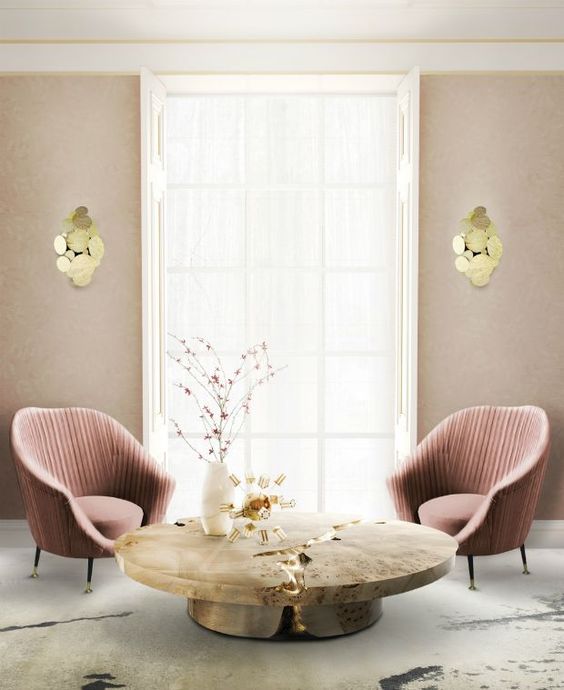Have you ever entered a room for the first time, and automatically felt at ease, and comfortable in your surroundings? If you have, it may well be that the space has used a key ingredient – BALANCE.
Of course, there will be other elements at play, but getting the balance right within any room is important to how it will make you feel when you are in it.
Planning out your spaces can be easy if you understand the principles of applying balance.
It is key to making a room look visually stable by the simple placement of furniture, accessories, the use of color and other elements such as form, and size.
Without it you will end up a room that feels, and looks uncomfortable to be in.
There are basically three different types of balance: Symmetry, Asymmetry and Radial.
Symmetrical Balance
Symmetrical balance is achieved when items are actually repeated or mirrored along a central axis.
This type of balance is frequently seen in nature, our own bodies included.
Symmetry is common in interior design and can portray a feeling of stability, calmness and dignity; however, can also be seen as static, dull and unimaginative.
Symmetry can be achieved through the use of pattern, arrangement of furniture, fixtures and millwork, and through the application of color.

Asymmetrical Balance
Asymmetrical balance relates very strongly to the visual weight of objects.
Rather than repeating the same item within a space to achieve balance, in this case we are using different elements with a similar perceived weight to achieve balance on the opposing axis.
As stated above, complex shapes often feel heavier and for that reason are commonly used to achieve asymmetrical balance.
Asymmetrical interiors tend to feel more dynamic and less rigid because in these spaces a variety of objects types are working together to create balance.
This form of balance can be more difficult to achieve it often requires an “eye for design”.
Radial Balance
Just as it sounds radial balance is almost circular – distributed arrangement of items around a central point either extending outward or inward.
Common examples of radial balance translated to the interior environment include chairs centered around a table, the structure of a circular rotunda, or even a circular lighting fixture.
If you wish to create focus on a central item, applying radial balance (so that the your attention is directed inward) is a great way to achieve this.













